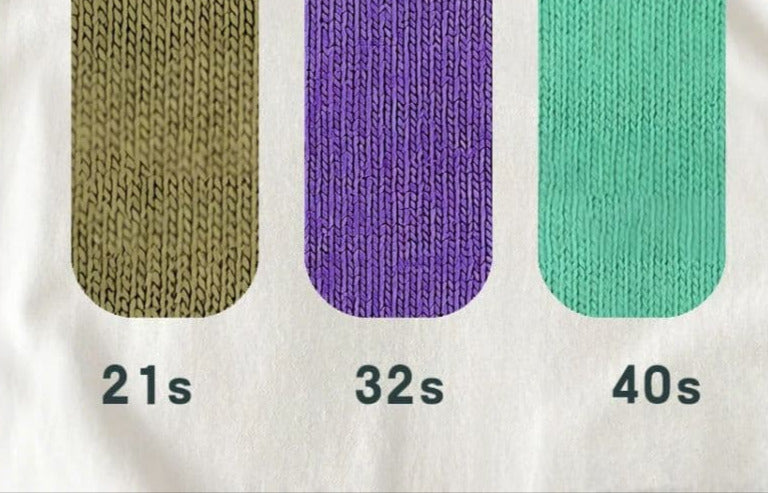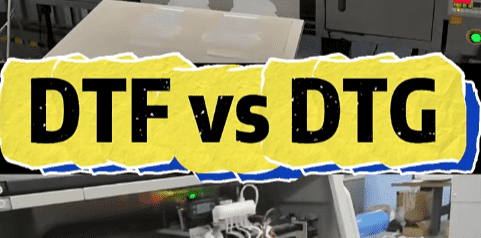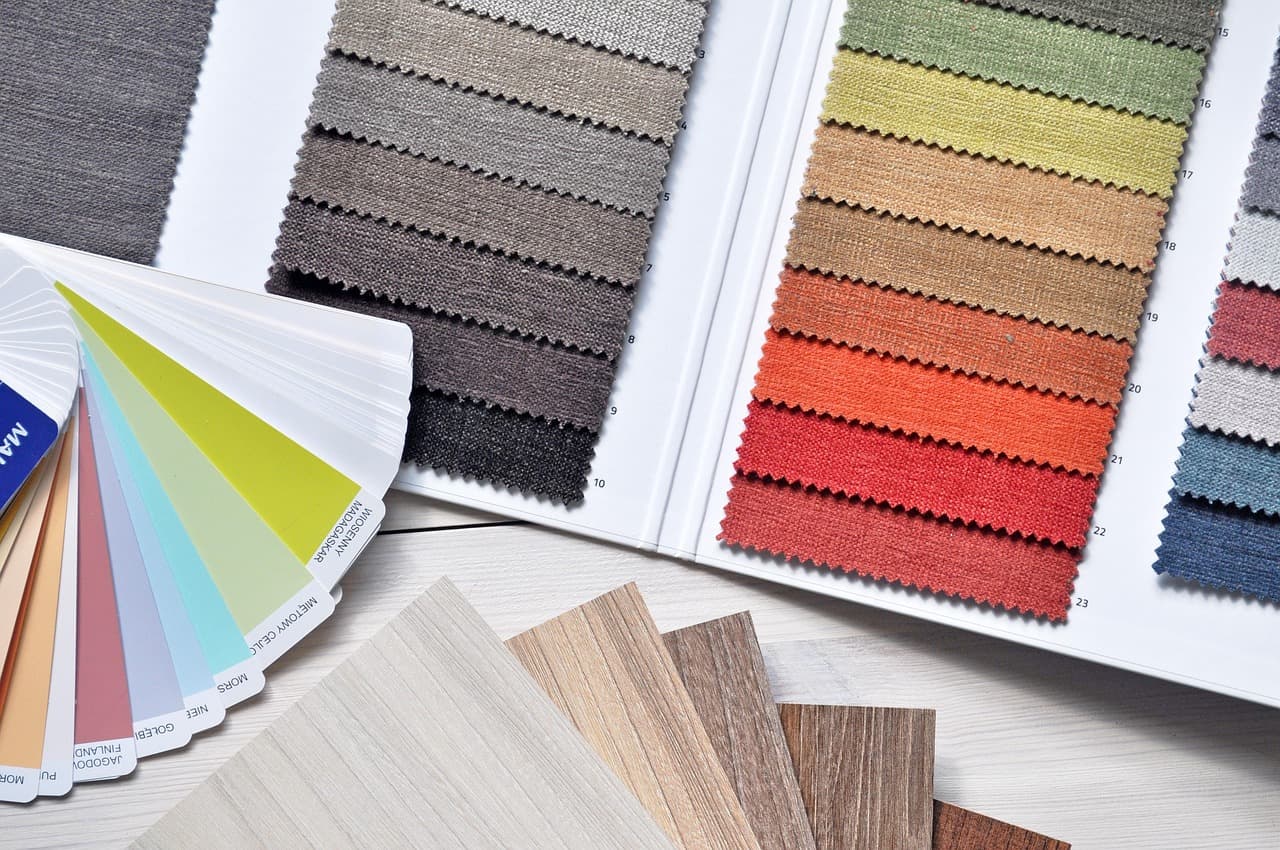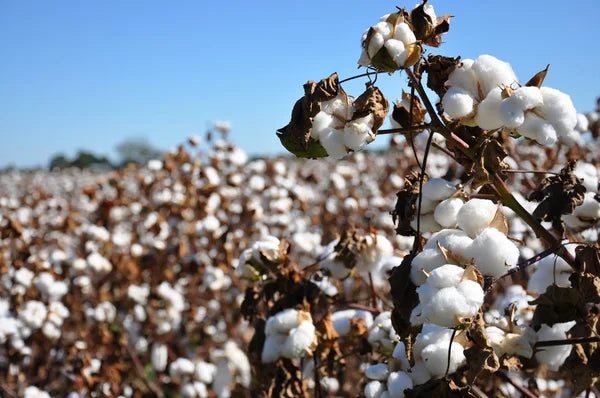Understand Fabric Count in 60 Seconds: How Yarn Numbers Define T-Shirt Quality
"20s or 40s?" When placing clothing orders, sourcing managers constantly face this question. Even while shopping, you've probably heard sales reps say: "This fabric has a higher yarn count" with price differences.
Let's demystify yarn count - the most discussed term in textile manufacturing. Using T-shirts as examples, we'll explore how yarn count determines quality through three sections:
1️⃣ What is yarn count?
2️⃣ Does higher count = better fabric?
3️⃣ Pros/Cons of common T-shirt yarn counts

How Yarn Numbers Define T-Shirt Quality
Part 1: What Is Yarn Count?
Yarn count measures thread thickness.
Here's the rule: The longer the thread spun from a fixed fiber weight, the higher the count.
Example:
1kg cotton → 30km thread = 30s (30-count)
1kg cotton → 50km thread = 50s (50-count)
Higher count = finer threads = thinner, softer fabric.
Why? More threads per inch = tighter weave:
→ 60s thread is twice as thin as 30s
→ 60s fabric feels silkier than 30s

Part 2: Is Higher Yarn Count Always Better?
No. Fabric quality primarily depends on raw material grade.
Examples:
Handwoven low-count fabrics can be breathable & cozy
Poor-quality cotton can't make high-count yarns (max 21s-32s)
Watch these paradoxes:
→ 60s requires long-staple cotton (premium material)
→ 80s using regular cotton may feel worse than 60s
Key takeaway: Don't blindly chase high counts.

Part 3: T-Shirt Yarn Count Showdown
21s: Budget Workhorse
✅ Pros:
Excellent breathability (plain weave cools fast)
Cost-effective (perfect for gym/undershirts)
⚠️ Cons:
Rough texture (avoid direct skin contact)
Cheap look (visible weave, thin colors show underwear)

32s: All-Rounder Champion
✅ Pros:
Balanced softness (two-ply twisted yarn technique)
Year-round wear (medium thickness breathes well)
⚠️ Cons:
Average luxury appeal
Slight fuzziness (not glass-smooth)

40s: Premium Darling
✅ Pros:
Silky touch (highest skin-friendly score)
Elegant drape (perfect for oversized styles)
Subtle sheen (elevates any outfit)
⚠️ Cons:
High maintenance (wrinkles easily, handwash only)
Visibility issues (shows sweat/underwear)

Lazy Person's Cheat Sheet
🔸 Need durability? → 21s (choose dark colors)
🔸 Want versatility? → 32s (never disappoints)
🔸 Crave luxury? → 40s (keep an iron and fabric softener handy)
Tags:







Leave a comment
Your email address will not be published.